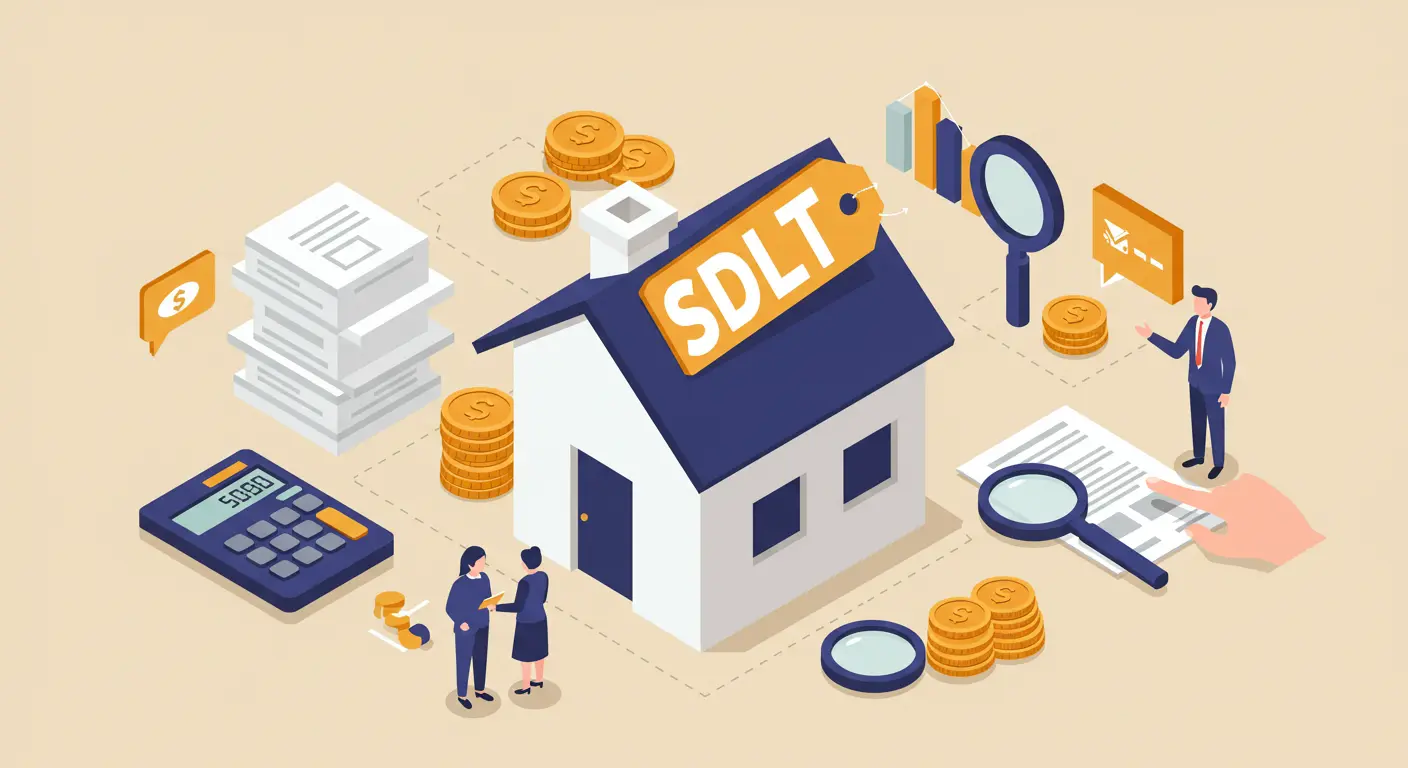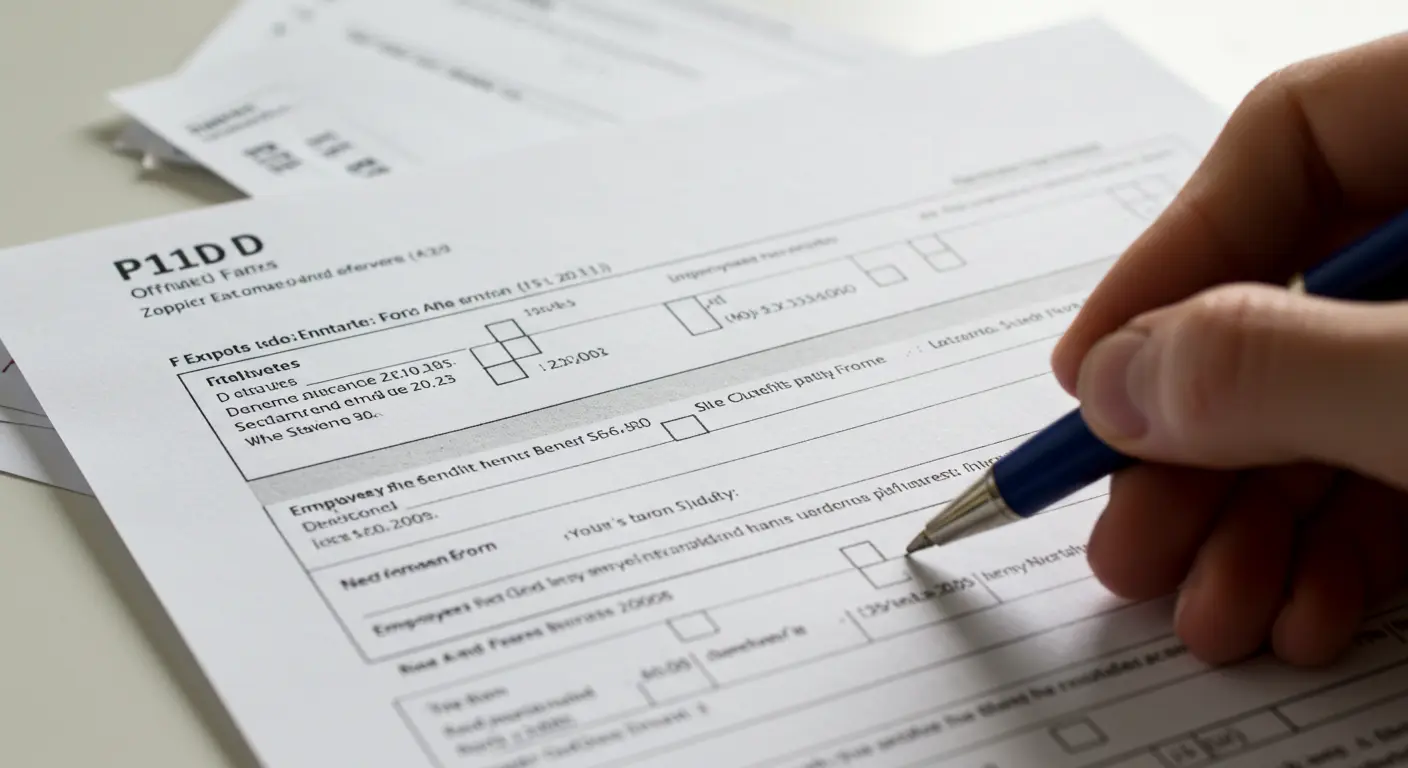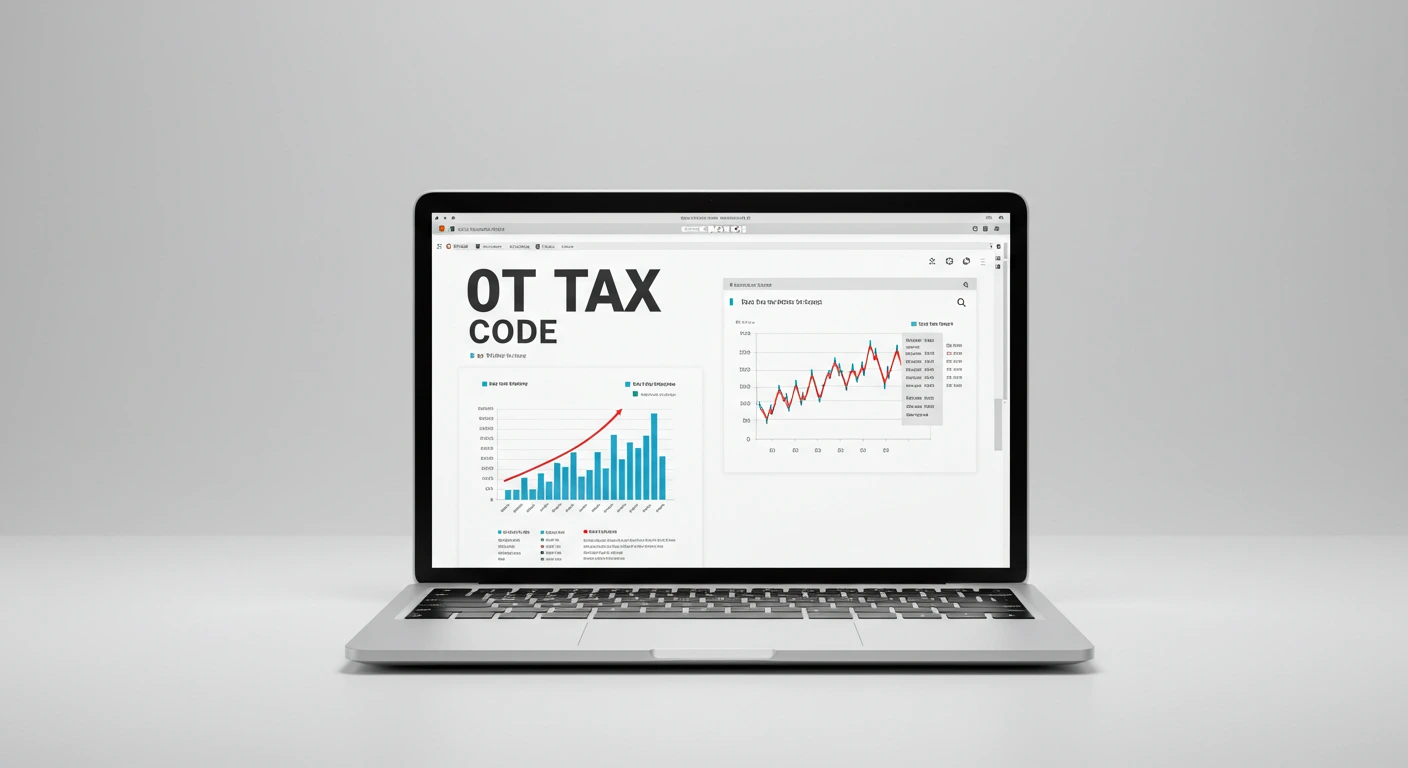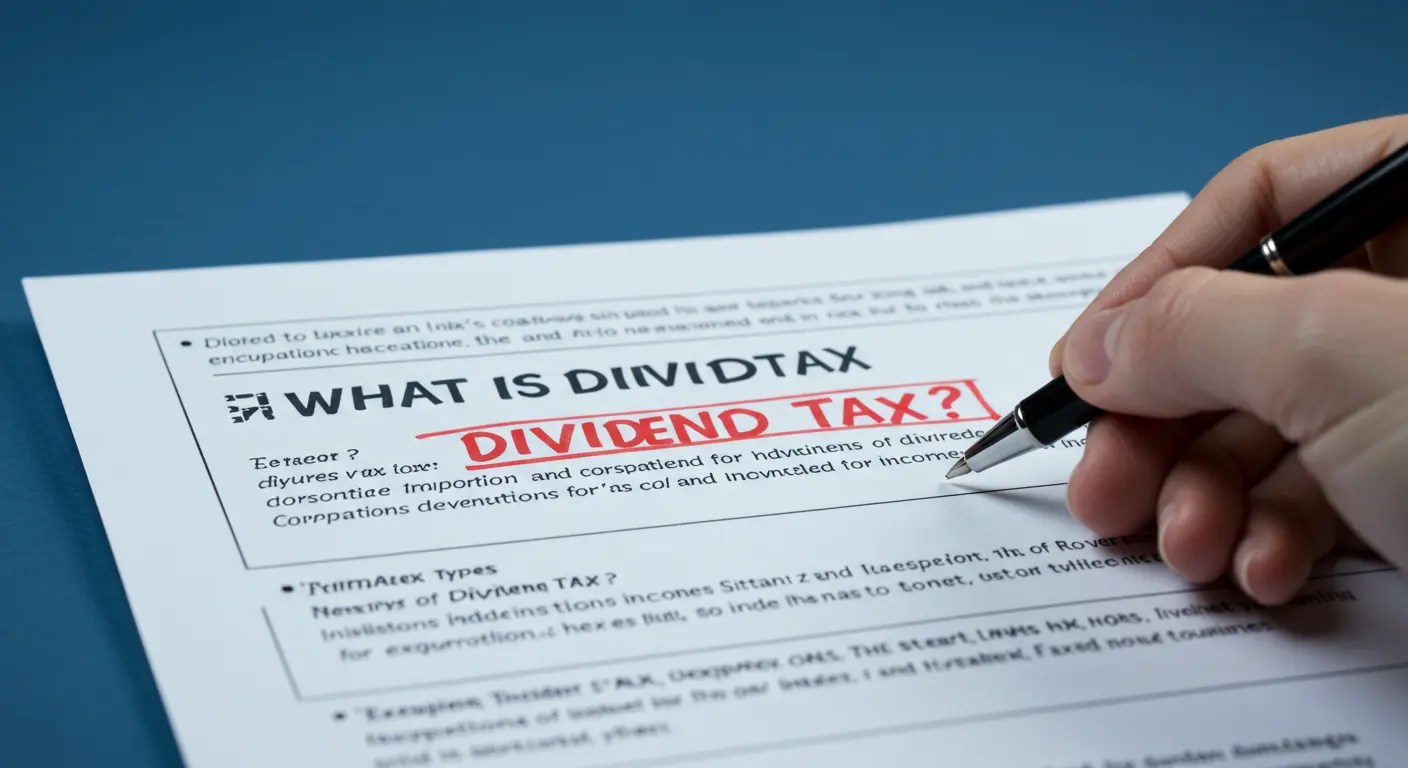What Is SDLT?
SDLT UK, or Stamp Duty Land Tax, is a tax paid when buying property or land in England or Northern Ireland. It applies to both residential and commercial properties and is charged on transactions above a certain value.SDLT is now an essential part of any property deal. Whether you’re purchasing a house to live in, investing in buy-to-let, or acquiring a commercial building, you’ll likely face SDLT obligations.
This tax is calculated based on the property’s purchase price, and the rate increases with value. SDLT doesn’t apply the same way across the UK. Scotland and Wales have their systems, so it’s important to understand that SDLT specifically covers England and Northern Ireland. Knowing your SDLT liability early helps you avoid surprises later in the process. Using the SDLT calculator provided by HMRC gives you a quick estimate based on current rates and exemptions.
Tools like the UK Stamp Duty calculator or SDLT calculator hmrc are especially useful for budgeting, especially if you’re unsure how SDLT impacts your total purchase cost. Whether you’re buying as an individual or a company, understanding SDLT upfront can prevent costly mistakes and delays later in the property transaction.
Who Has to Pay SDLT?
The buyer pays SDLT tax when purchasing property or land in England or Northern Ireland. The seller is not responsible for this tax. SDLT applies to residential property purchases over £125,000, although first-time buyers benefit from relief on properties up to £300,000. Buyers acquiring additional properties, such as second homes or buy-to-let investments, must pay a 3% surcharge, while non-UK residents face an additional 2% on top of standard rates. Companies purchasing residential property over £500,000 may be subject to a flat 17% SDLT rate. The tax must be paid within 14 days of completion, typically handled by a solicitor or conveyancer. It’s important to note that Scotland and Wales have their own property transaction taxes, land and buildings transaction tax, and land transaction tax, respectively.
When Is SDLT Due?
The deadline to pay SDLT is 14 days after the property transaction completes. You must also submit a stamp duty submission to HMRC within this period. If you miss this deadline, penalties apply. Planning your finances before completion helps avoid these issues. It’s essential to use tools like the UK Stamp Duty calculator to know your exact costs in advance.
Completion refers to the moment when ownership officially transfers from the seller to the buyer, typically when contracts are exchanged and funds are transferred. In most cases, a solicitor or conveyancer handles the SDLT filing and payment on behalf of the buyer. If the buyer takes possession of the property or pays a substantial portion of the purchase price before formal completion, a situation known as “substantial performance”, SDLT may be due earlier. So it’s important to ensure the process is managed promptly and accurately.
How Is SDLT Calculated?
SDLT UK is calculated using a tiered system, meaning you pay different rates on portions of the property price that fall within set bands. This progressive method applies to both residential and commercial properties, though the bands and rates differ between the two. The more expensive the property, the higher the SDLT you’ll pay on each portion above the lower thresholds. It’s not a flat percentage of the whole purchase price, which is a common misconception among buyers.
For residential purchases, the first £250,000 is taxed at 0%, the next portion between £250,001 and £925,000 is taxed at 5%, then 10% from £925,001 to £1.5 million, and 12% on anything above that. These rates change if you’re buying a second home, where an additional 3% surcharge is applied to each band. If you’re purchasing a commercial property, the calculation is different, starting at 0% for the first £150,000, 2% from £150,001 to £250,000, and 5% above £250,000.
The most accurate way to determine what you owe is to use the official SDLT calculator hmrc tool. It takes into account your property type, status (e.g., first-time buyer or investor), and total purchase price. You can also try the SDLT calculator commercial version for business-related purchases. These calculators help prevent underpayment or overestimation, and they ensure compliance with HMRC rules.
Whether you’re concerned about residential, second homes, or business premises, it’s vital to check your figures before exchanging contracts. Accurate SDLT calculation ensures you don’t face penalties and helps you budget properly during the buying process.
What Are the SDLT Rates?
SDLT rates vary depending on several factors residential or commercial, first-time buyer, and property value. For example, residential buyers pay no SDLT on properties below a certain threshold. Commercial buyers start paying at lower amounts. You can use the Stamp Duty calculator to view updated thresholds. The government changes SDLT rates occasionally, especially during economic policy shifts.
Residential Property SDLT Rates
| Property Value Band | Standard Rate | First-Time Buyer Rate | Additional Property Surcharge (Buy-to-Let/Second Home) |
|---|---|---|---|
| Up to £250,000 | 0% | 0% (up to £425,000*) | 3% |
| £250,001 – £925,000 | 5% | 5% (on £425,001–£625K*) | 8% (5% + 3%) |
| £925,001 – £1.5 million | 10% | 10% | 13% (10% + 3%) |
| Over £1.5 million | 12% | 12% | 15% (12% + 3%) |
*First-time buyers pay 0% up to £425,000 (on properties ≤ £625K). Above £425K, the 5% rate applies only to the portion up to £625K.
Non-Residential/Mixed-Use Property SDLT Rates
| Property Value Band | Rate |
|---|---|
| Up to £150,000 | 0% |
| £150,001 – £250,000 | 2% |
| Over £250,000 | 5% |
- Scotland: Uses LBTT (Land and Buildings Transaction Tax).
- Wales: Uses LTT (Land Transaction Tax).
- Surcharge: The 3% extra applies per additional residential property (even if replacing a main home, if not sold first).
Is There Any SDLT Relief Available?
Yes, SDLT UK offers several reliefs that can reduce your tax bill if you meet the criteria. The most common is first-time buyer relief, which allows no SDLT on the first £425,000 and 5% on the portion up to £625,000. If the price exceeds £625,000, standard rates apply.You may also qualify for Multiple Dwellings Relief when buying more than one property in a single or linked transaction. Charities, registered social landlords, and divorcing couples may also be eligible for specific reliefs.
To claim any relief, you must use the correct SDLT relief codes during your stamp duty submission. Tools like the SDLT calculator, UK Stamp Duty calculator, or SDLT implications calculator help estimate your liability, including any applicable relief. Always check SDLT implications, hmrc guidance, or seek advice to ensure you’re applying correctly and not overpaying.
What Happens If You Don’t Pay SDLT?
Not paying SDLT on time results in penalties. HMRC may charge late fees, interest, and even open tax investigations. This also delays registration of the property title. Without paying SDLT and submitting your SDLT return, you can’t legally own the property. So, it’s not just a formality, it’s a legal requirement.Even if you’re using a solicitor, the legal responsibility for SDLT lies with you as the buyer. That’s why it’s important to calculate your liability in advance using tools like the SDLT calculator hmrc. Ensuring accuracy and timely submission protects you from unexpected legal issues and extra costs.
Do First-Time Buyers Pay SDLT?
First-time buyers in the UK often benefit from generous SDLT UK relief. If you’re purchasing your first home and the property price is £625,000 or less, you may qualify for first-time buyer relief. Under this scheme, you pay no SDLT on the first £425,000 and only 5% on the portion between £425,001 and £625,000.
However, if the purchase price exceeds £625,000, the relief no longer applies, and standard SDLT rates are charged on the full amount. Also, you must be a true first-time buyer, meaning you’ve never owned or had a share in a residential property anywhere in the world. If you’re buying jointly, both buyers must meet this condition to qualify.
Is SDLT Different for Second Homes?
Yes, SDLT UK rules are stricter for second homes. If you already own a residential property and purchase another, whether it’s a buy-to-let, holiday home, or investment, you’ll pay an additional 3% surcharge on top of the standard SDLT rates. This applies even if the second property is cheaper than your main residence.
For example, instead of paying 0% on the first £250,000 of a new purchase, you’ll pay 3%, followed by 8%, 13%, and 15% in the higher bands. This extra charge makes second homes significantly more expensive upfront.
How Do You File an SDLT Return?
Filing a return is a required part of buying property in England or Northern Ireland. Once your purchase completes, you have 14 days to submit the necessary form to HMRC and pay any tax due. Even if no payment is required—because the value falls under the threshold—you may still need to submit a return unless the transaction qualifies for a full exemption.
In most cases, a solicitor or conveyancer will handle this for you, but it’s possible to do it yourself using HMRC’s online system. You’ll need basic information about the property, buyer, and seller details, the purchase price, and any reliefs you’re claiming. After submission, HMRC will issue a reference number that’s essential for registering the property with the Land Registry.Before filing, it’s wise to double-check the amount owed using an official calculator to avoid errors or delays. Mistakes or missed deadlines can result in penalties, so filing accurately and on time is key to completing your purchase smoothly.
Can Companies Be Liable for SDLT?
Companies are fully liable for paying Stamp Duty Land Tax when they purchase property or land in England or Northern Ireland. The process and deadlines are the same as for individual buyers, but the financial implications can be greater, especially when it comes to residential property.In many cases, corporate buyers face additional charges, such as the 3% surcharge applied to second properties. If the purchase price exceeds certain thresholds, companies may also be subject to the Annual Tax on Enveloped Dwellings (ATED), which adds another layer of cost and compliance.
When buying commercial property, companies must calculate their liability based on the applicable non-residential rates. It’s important to assess the full impact of the transaction early using a reliable tax calculator or professional guidance, especially if any exemptions or reliefs may apply.Because property deals involving businesses often involve larger sums and more complexity, ensuring accurate filing and timely payment is essential to avoid penalties and delays in registration.
How Can You Reduce SDLT Legally?
You can reduce SDLT through several legal methods. Claiming available relief is the most common route. Buying property just under a threshold can save you a large amount. In certain transactions, avoiding stamp duty: a clever loophole exposed, becomes a talking point. But most of these schemes are no longer viable. HMRC has tightened rules to close the abuse of these loopholes. That said, using a good solicitor and tax adviser helps you minimize costs while staying compliant.
Likewise, replacing your main residence may allow you to reclaim the 3% surcharge applied to second homes if you sell the previous one within 36 months.It’s also worth having a solicitor or tax adviser review the transaction for any missed opportunities, especially when dealing with more complex purchases or company structures. Be cautious of schemes claiming to “avoid” stamp duty through loopholes; HMRC actively targets these and often imposes heavy penalties.Reducing tax is legal, but avoiding it through artificial arrangements is not. Knowing the difference helps you save money while staying fully compliant.
Conclusion
Understanding SDLT UK is essential whether you’re buying a first home, investing in rental property, or making a commercial purchase. Using tools like the SDLT calculator, SDLT return guidance, and UK Stamp Duty calculator ensures accuracy and peace of mind. Stay informed, plan, and always follow HMRC’s guidelines. That way, you avoid costly mistakes and make smarter property decisions.Filing your return on time and seeking professional advice when needed are all smart steps. Whether you’re purchasing a home to live in, a second property, or a commercial space, planning ensures a smoother transaction and keeps you on the right side of HMRC.
Stamp duty can feel complicated, but with the right guidance and attention to detail, it becomes much easier to manage and in many cases, more affordable than you might expect.
[saswp_tiny_multiple_faq headline-0=”h4″ question-0=”1. What does SDLT stand for?” answer-0=” SDLT stands for Stamp Duty Land Tax, which is a tax you pay when buying property or land in England or Northern Ireland.” image-0=”” headline-1=”h4″ question-1=”2. Do I always have to pay SDLT when buying a home?” answer-1=”Not always. If your purchase price falls below the minimum threshold or you qualify for relief (like as a first-time buyer), you may pay less or nothing at all. ” image-1=”” headline-2=”h4″ question-2=”3. How can I check how much SDLT I owe?” answer-2=”You can use the official HMRC SDLT calculator or a trusted UK Stamp Duty calculator to estimate your tax based on property type and value.” image-2=”” headline-3=”h4″ question-3=”4. Is SDLT the same for residential and commercial property?” answer-3=”No, the rates differ. Commercial property has its own band system, which generally results in lower SDLT rates compared to residential homes.” image-3=”” headline-4=”h4″ question-4=”5. Can I get a refund on SDLT?” answer-4=”Yes, in certain cases like when replacing your main home you may claim a partial refund if you sell the previous property within 36 months.” image-4=”” headline-5=”h4″ question-5=”6. Do I pay SDLT if I inherit a property?” answer-5=” No. SDLT does not apply to inherited property, as there is no purchase involved.” image-5=”” headline-6=”h4″ question-6=”7. Can stamp duty be deducted for tax purposes?” answer-6=”Usually no SDLT is not tax-deductible for personal property purchases. However, for businesses or landlords, it may be part of the capital cost for accounting. ” image-6=”” headline-7=”h4″ question-7=”8. What happens if I don’t file an SDLT return on time?” answer-7=”Missing the deadline may lead to penalties and interest. You must file the return and pay the tax within 14 days of completion. ” image-7=”” headline-8=”h4″ question-8=”9. Is there a way to avoid paying SDLT legally?” answer-8=”There are legal ways to reduce SDLT, such as claiming reliefs or structuring purchases carefully. However, trying to avoid it through loopholes can lead to investigation and penalties.” image-8=”” headline-9=”h4″ question-9=”10. Who pays stamp duty the buyer or the seller?” answer-9=” In the UK, it’s always the buyer who is responsible for paying SDLT, not the seller. ” image-9=”” count=”10″ html=”true”]















